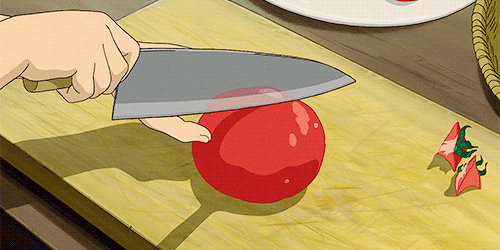The Clarifying Cut
Forcing yourself to revise with arbitrary wordcounts.
For the past few weeks, I was working on short story that kept getting longer and longer. I thought I needed more scenes to establish the characters, explore the central idea, and build the required tension. The writing was slow. Eventually, the story sprawled to over six thousand words. Then I saw…
Keep reading with a 7-day free trial
Subscribe to Counter Craft to keep reading this post and get 7 days of free access to the full post archives.


